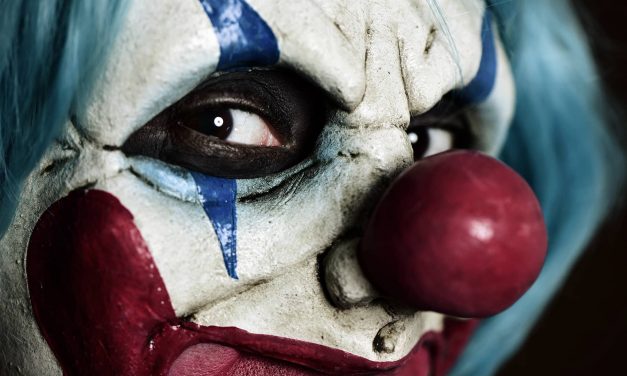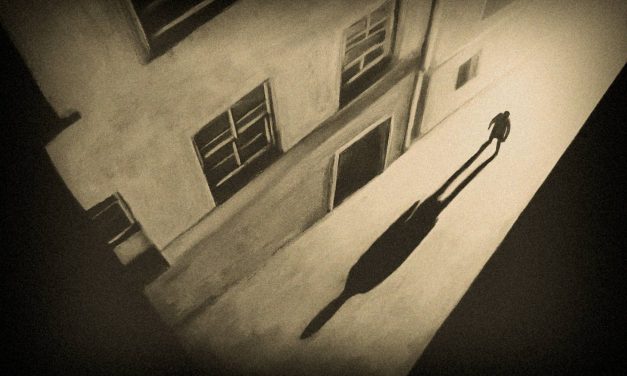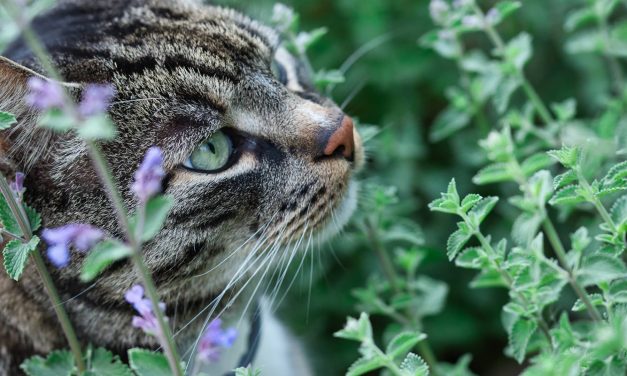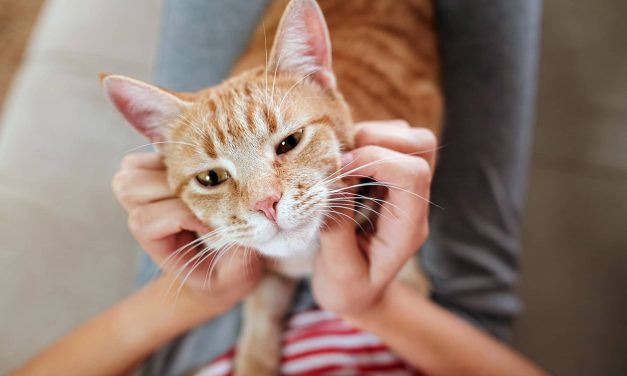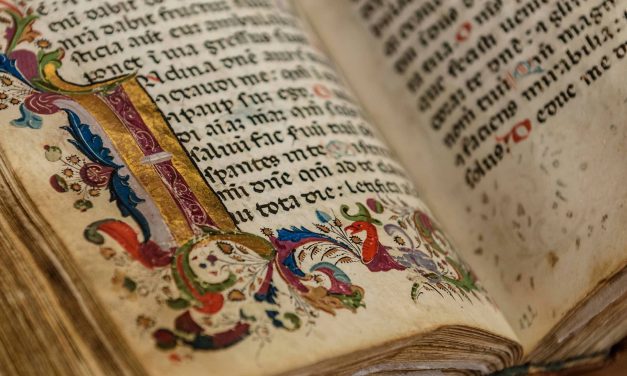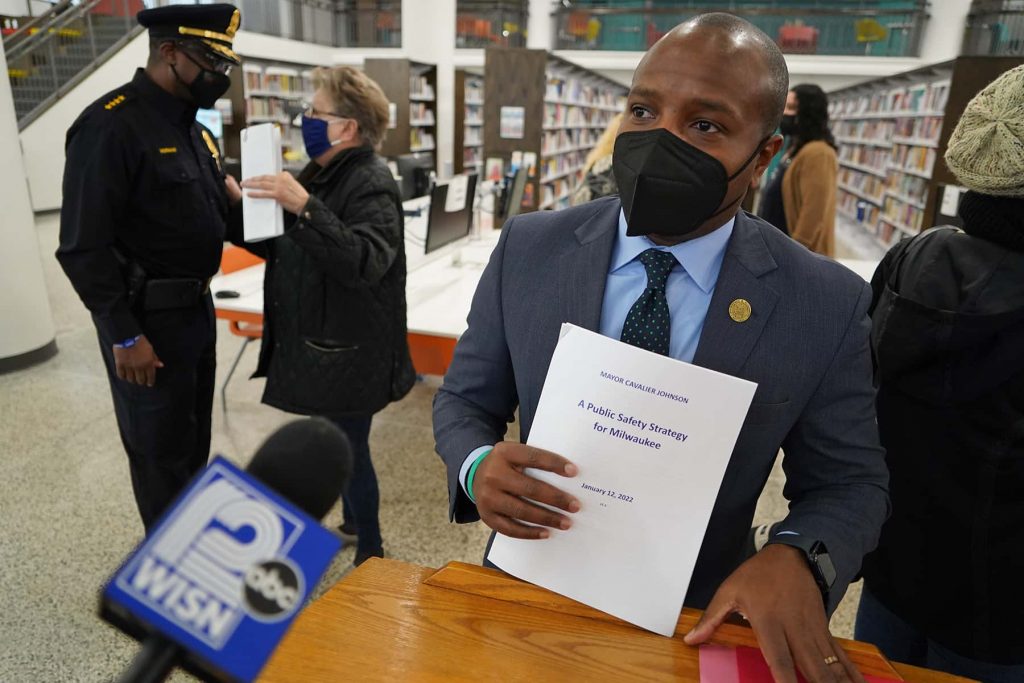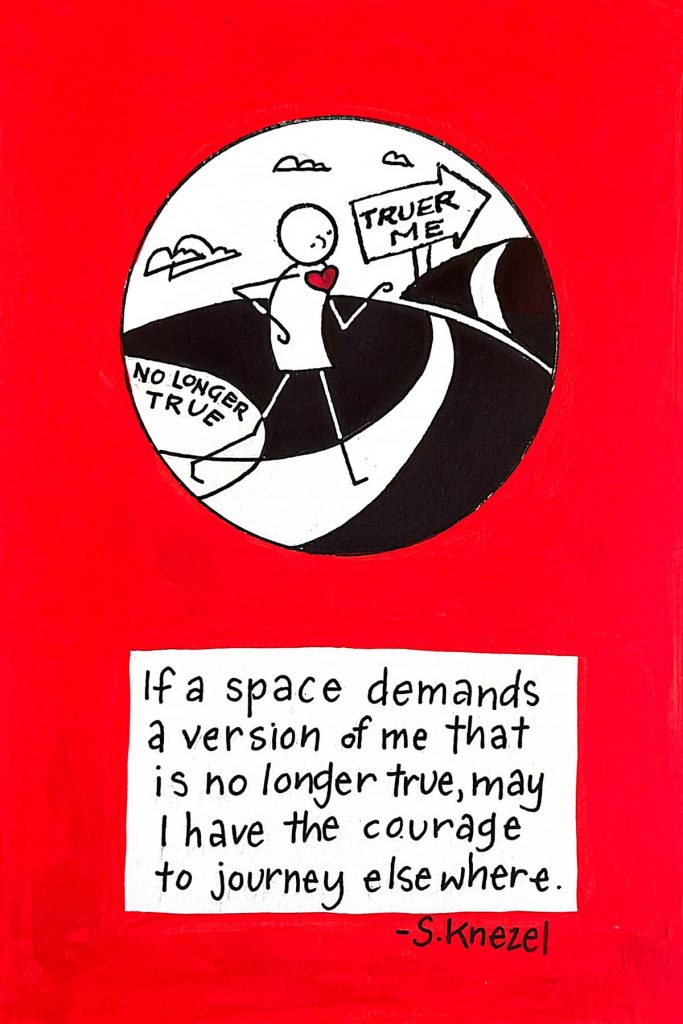Horror Fiction: The persistent popularity and success of scary tales for scary times
By Ali Alizadeh, Senior Lecturer in Literary Studies and Creative Writing, Monash University Progress, the German philosopher Walter Benjamin once wrote, is a storm. The winds that propel us forward also uproot and tear apart what we leave behind. The modern world is a world of progress and it leaves in its wake the ruins of the old world. Progress, then, is indistinguishable from destruction – creative, positive and necessary destruction, perhaps, but destruction nevertheless. Culture in the modern world has its own tales of progress. Mass production of the novel in the 19th century; the arrival and domination...
Read More

